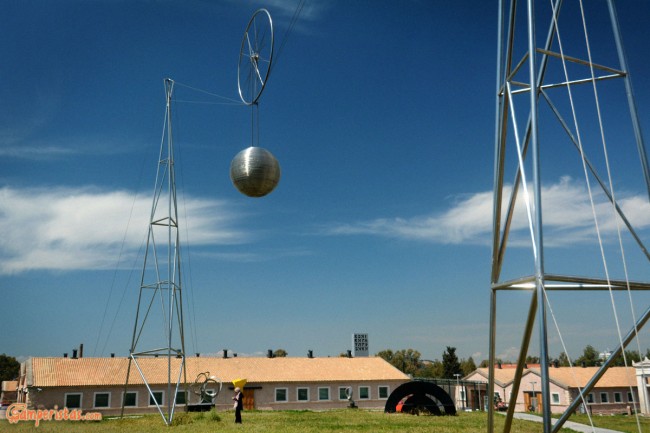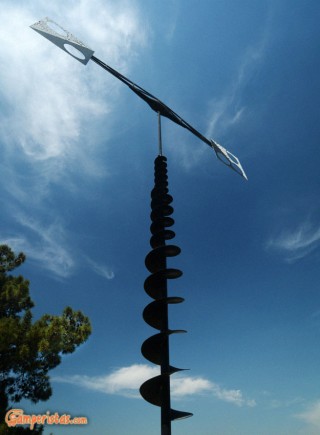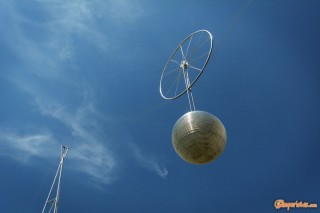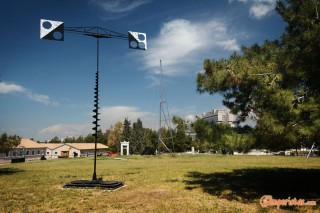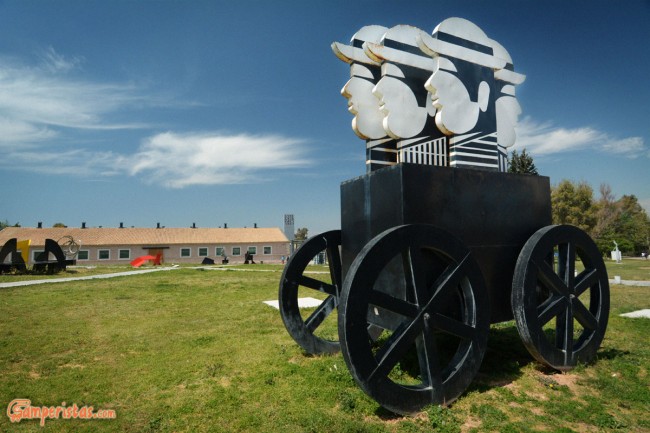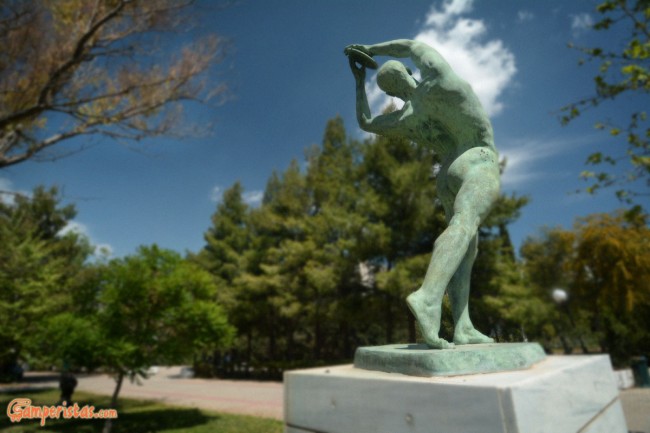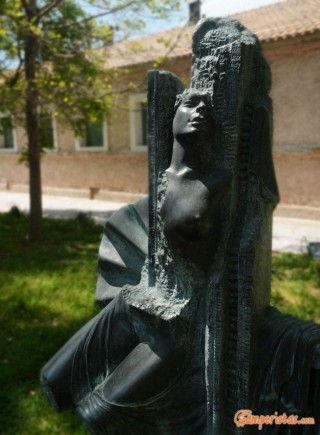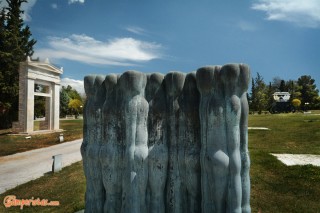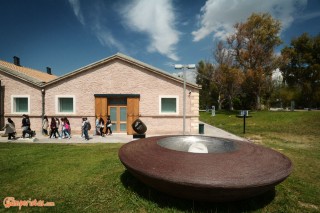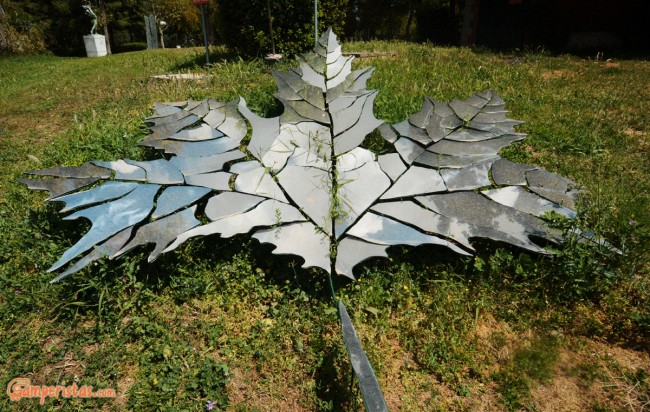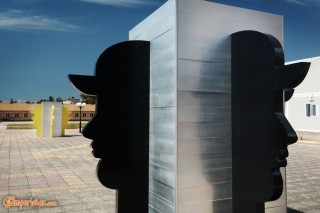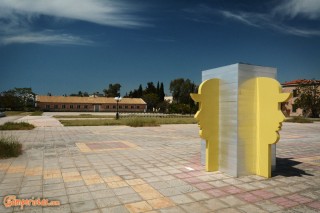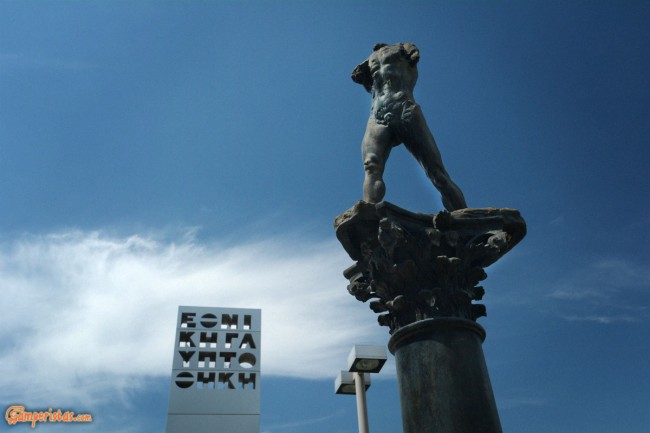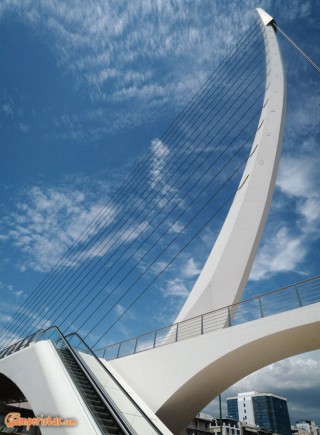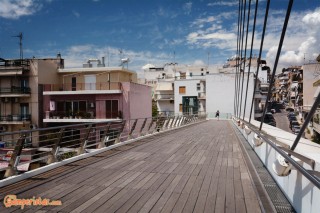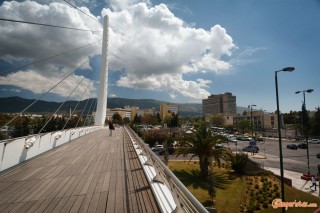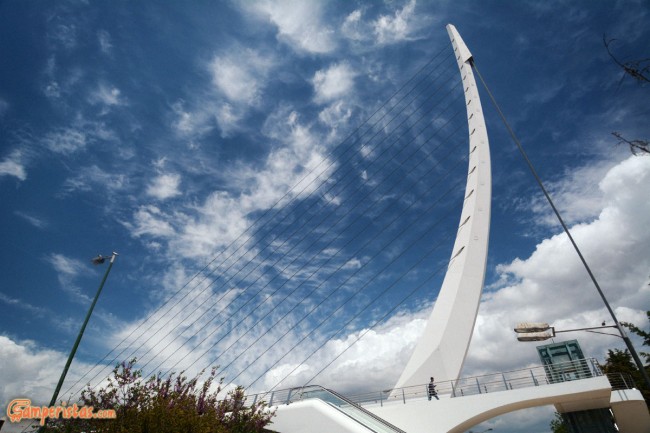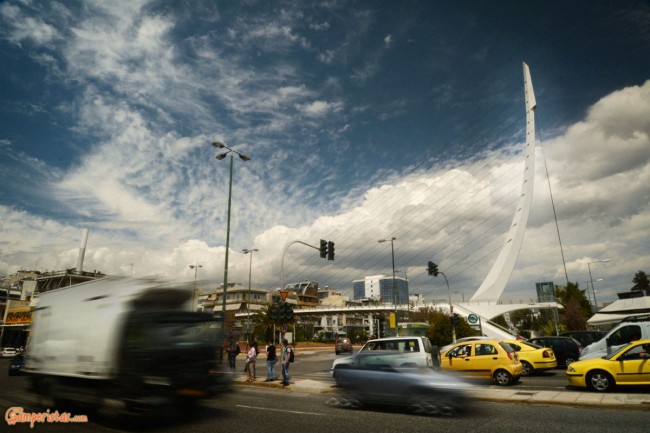
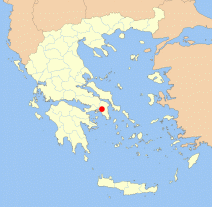 If you are looking for ‘hidden gems’ in Athens, this is a place to consider. It is one of the lesser known spots but worth visiting, especially if you call yourself art lover or you just want to gain a quick insight into the contemporary Greek art, sculpture and painting. The museums are located a bit far from the city center, but close to a metro station. Extra bonuses: a pedestrian bridge by Calatrava on your way and a parking that would be convenient as a stopover.
If you are looking for ‘hidden gems’ in Athens, this is a place to consider. It is one of the lesser known spots but worth visiting, especially if you call yourself art lover or you just want to gain a quick insight into the contemporary Greek art, sculpture and painting. The museums are located a bit far from the city center, but close to a metro station. Extra bonuses: a pedestrian bridge by Calatrava on your way and a parking that would be convenient as a stopover.
The National Glyptotheque is situated in an ex-military camp in Goudi area; the buildings where the artworks are now exhibited, used to be royal stables. In fact all the surrounding area still retains a military aspect: the skyscraper nearby hosts the Greek Police Headquarters though on the other side of the avenue there are a couple of military hospitals. Next to the Glyptotheque parking, lies the Garrison of Athens, the Badminton theater and a green area known as Army Park. As you can imagine there is plenty space for parking. However, keep in mind that the Glyptotheque parking lot [37.98570, 23.77958] is open from 9.00 – 16.00.
The National Glyptotheque was inaugurated in 2004 as a branch of the National Gallery. When the premises of the National Gallery (next to Hilton hotel) closed in 2012 due to restoration works, a part of its permanent collection was transferred here. It is unknown when the works will finish, some time between 2016 and 2017.
The ticket for both Museums costs 5 euros and the timetable depends on the season (for more information check out the Gallery’s website).The gardens of the Glyptotheque are open to the public with no entrance fee during the opening hours. The (quite numerous) artworks exposed in the ‘open-air’ are representative of the 20th century Greek sculpture. If you are not particularly interested in the subject, a walk through them may be enough to get a general idea.
The sculptures on display belong to the Greek sculpture elite, like Theodoros (the very impressive “Twelve-ray spoked wheel on cables counterbalanced by a sphere”), Takis, Gaitis (“Mass Transport”), K. Dimitriadis (“The discus thrower” otherwise exposed opposite to the Panathenaic Stadium), D. Armakolas (Emerging Venus II), A. Liti (Leaf), G. Zoggolopoulos (“The dance of Zalongo”) and many others.
Unfortunately it is forbidden to take pictures inside the Galleries for unknown reasons. Who is responsible for this ban should be informed that non-flash photography is permitted everywhere in the world, even in the most prestigious museums. Anyway, the collection of artworks is extensive, covering part of the 19th century and the entire 20th century. As expected the halls are a little cramped but on the other hand the exhibits are well-lighted and well labeled.
Below Rodin’s bronze sculpture “Walking Man on a Column”. It doesn’t belong to the Greek sculpture of course but it’s nice surprise. Inside there is a Magritte sculpture (“he Therapeutist) as well.
If you arrive by metro (blue line 3, station Katehaki), you will not miss the harp-style pedestrian bridge made by the star Catalan-architect Santiago Calatrava for the 2004 Olympic Games. The bridge triggered a lot of controversy because of its (unknown till today) cost and because of the fact that its edge almost touch the balcony of the opposite house!
The National Glyptotheque lies within short walking distance (10 minutes approximately) from the Katehaki metro station.
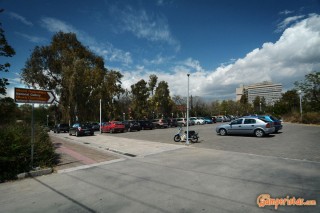 This parking lot [37.98663, 23.77500] is 500 meters from the metro station and it seems perfect for an overnight stopover. It is free of charge and open day and night. Besides, it should be safe, because of the police and army presence, but we don’t know if it is quiet too (there is a bar/restaurant/cafeteria next to it)…
This parking lot [37.98663, 23.77500] is 500 meters from the metro station and it seems perfect for an overnight stopover. It is free of charge and open day and night. Besides, it should be safe, because of the police and army presence, but we don’t know if it is quiet too (there is a bar/restaurant/cafeteria next to it)…
[sam id=”7″]

